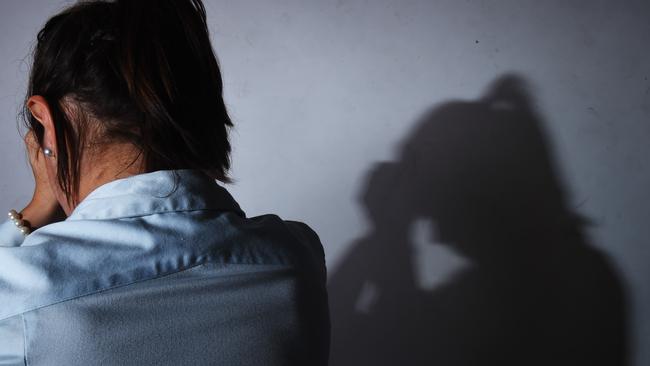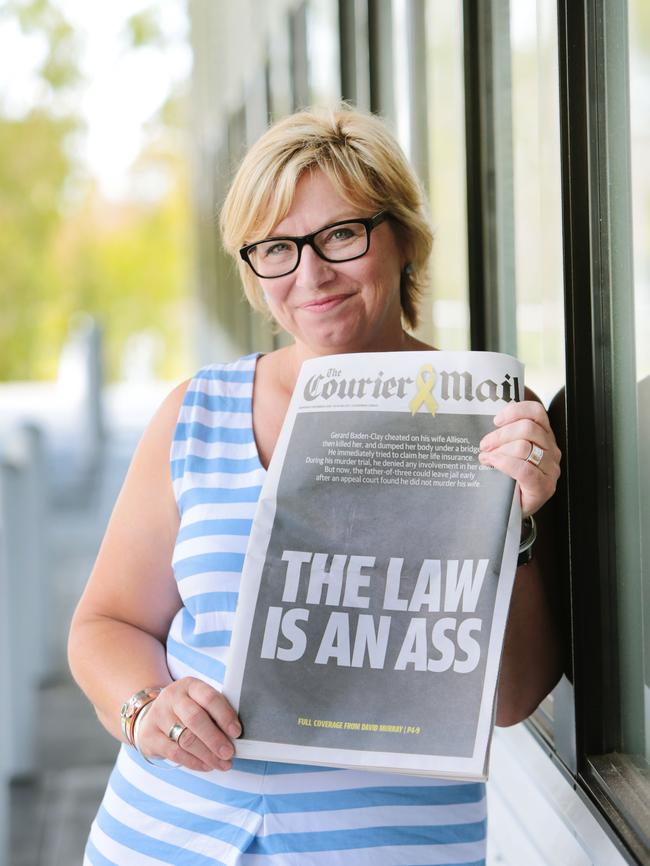Domestic violence has made 200,000 women and children homeless
NEW figures reveal the grim reality of the impact of domestic violence in Australia, with an often-overlooked threat affecting almost 200,000 women and children in just three years.

QLD News
Don't miss out on the headlines from QLD News. Followed categories will be added to My News.
ALMOST 200,000 women and children were driven from their homes to live on the streets in just three years because of family violence, new figures have revealed.
In the first national examination of homelessness of its kind, the Australian Institute of Health and Welfare (AIHW) found more than one third of people seeking help from homeless services in the three years to 2013-14 did so because of domestic or family violence.
The new report, released today, details the strong link between family violence and homelessness for 187,000 of the 520,000 Australians who found themselves without a place to stay over the three-year period.

“Domestic and family violence cause considerable disruption to the lives of Australian families, with many affected seeking alternative accommodation,” AIHW spokesman Tim Beard said.
“This puts them at an increased risk of falling into homelessness.”
He said the majority of those fleeing family violence without a place to go were women.
Over the three years examined, 110,000 women sought help, compared to 12,000 men.
More than 45,000 were women with children and nearly 24,000 were young women, aged 15 to 24, who were alone.
“Domestic and family violence makes women and children particularly vulnerable to homelessness, as leaving a violent situation sometimes means leaving the family home,” Mr Beard said.

“One of the greatest difficulties homelessness services face is in finding long-term housing solutions for clients.”
The report found family and domestic violence victims were more likely to have short term accommodation found for them — about 82 per cent could be helped, compared with 62 per cent of the general population.
But just 9 per cent of their initial requests for long-term accommodation could be met.
It also found indigenous women were homeless for longer periods after escaping abuse, with about 40 per cent accessing services to more than 300 days, compared to 25 per cent of other groups.


